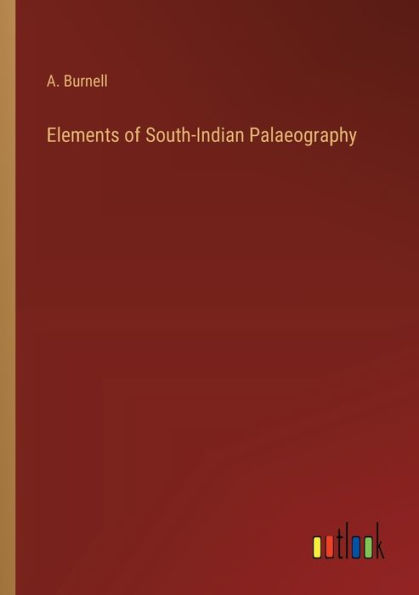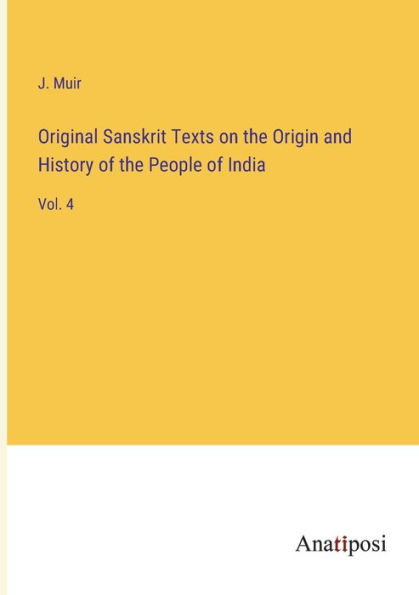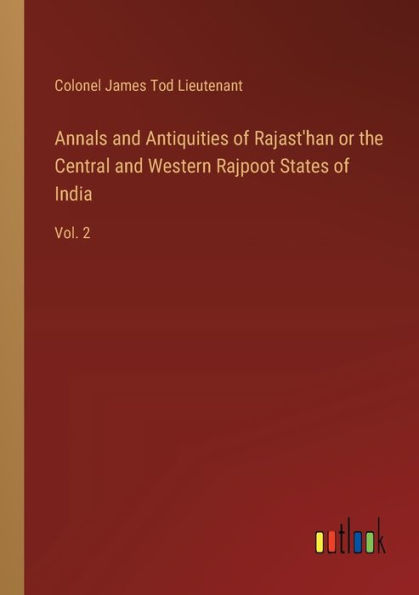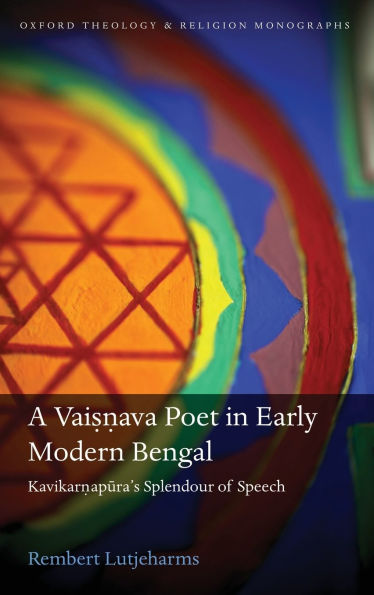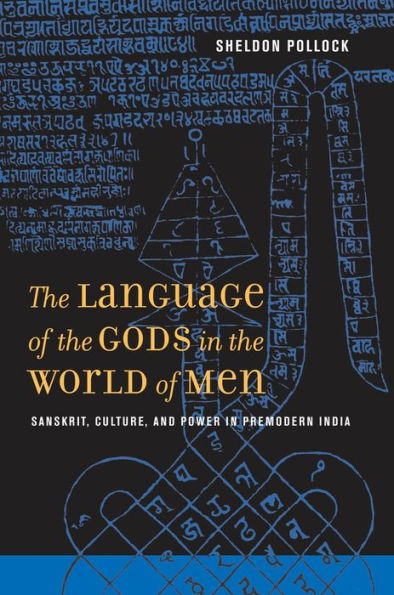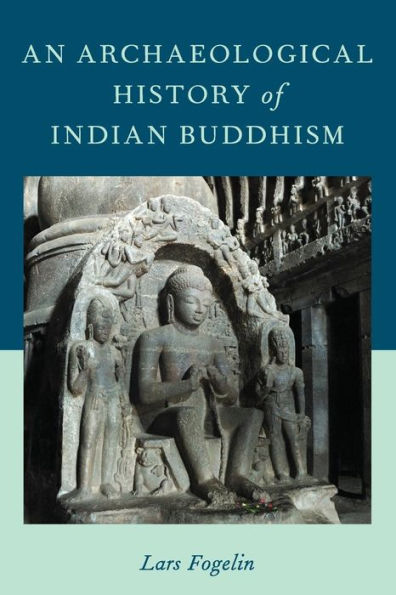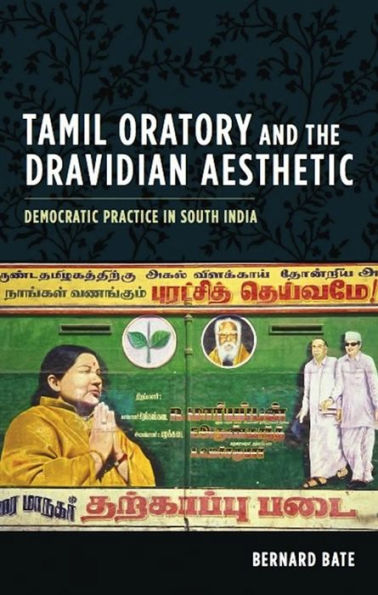Home
Le discours royal dans l'Inde du Sud ancienne. Inscriptions et monuments pallava (IVeme - IXeme siecles). Tome I: Introduction et sources
Loading Inventory...
Barnes and Noble
Le discours royal dans l'Inde du Sud ancienne. Inscriptions et monuments pallava (IVeme - IXeme siecles). Tome I: Introduction et sources
Current price: $95.00


Barnes and Noble
Le discours royal dans l'Inde du Sud ancienne. Inscriptions et monuments pallava (IVeme - IXeme siecles). Tome I: Introduction et sources
Current price: $95.00
Loading Inventory...
Size: OS
*Product Information may vary - to confirm product availability, pricing, and additional information please contact Barnes and Noble
English summary: This book is an in-depth study of the royal ideology of the Pallava dynasty (South India, 4th-9th c. CE). These Hindu kings have left numerous and diverse sources evincing their conceptions of the world and the society, and particularly their self-representation of kingship. Through the examination of epigraphical and iconographical panegyrics as well as of coinage and Tamil court poetry (Nantikkalampakam), the argument is that, beside the brahmanical model of subordination of king to brahmin, there existed a specific royal discourse, at times contentious. The crucial point of divergence is the Pallavas' claim to the double status of kings and brahmins. In this respect, kingship asserts its independence vis-a-vis the brahmanical class by incorporating it in its lineage, thus achieving the union of "temporal" and "spiritual" powers. The first volume contains the introduction and the presentation of the sources. The first part is a general presentation of Hindu kingship and the Pallava dynasty (origin, history, art). The second part draws up and presents the sources considered as testimonies of the royal discourse, contrasting them with other Pallava-period sources of "local" nature. It concludes with considerations about the royal panegyric and the nature of royal sources (issuers, functions, addressees). French description: Cet ouvrage est une etude de l'ideologie royale de la dynastie des Pallava qui prospererent dans le sud de l'Inde du IVeme au IXeme siecle. Ces rois hindous ont laisse des sources diverses et nombreuses qui donnent acces a leur conception du monde et de la societe, en particulier a leur representation de la royaute. Cette etude montre, en examinant des eloges epigraphiques et iconographiques, mais aussi les monnaies et un poeme de cour en tamoul (le Nantikkalampakam), qu'il existe a cote du modele brahmanique de la subordination du roi au brahmane, un discours royal propre, voire contestataire. Le point de divergence crucial est la pretention des Pallava au double de statut de rois et de brahmanes. La royaute s'affirme ainsi comme independante de la classe brahmanique en l'integrant dans son lignage, realisant ainsi en elle-meme l'union des pouvoirs temporel et spirituel. Ce premier tome contient l'introduction et la presentation des sources de cette etude. Sa premiere partie est une introduction a la royaute hindoue et a la dynastie des Pallava (origine, histoire, art). Dans la deuxieme partie est etabli et presente le corpus des sources considerees comme temoignant du discours royal, a distinguer d'autres sources d'epoque pallava qui ne sont pas royales, mais locales. Cette deuxieme partie se conclut par une reflexion sur le panegyrique royal et sur la nature des sources royales (emetteurs, fonction, recepteurs).

